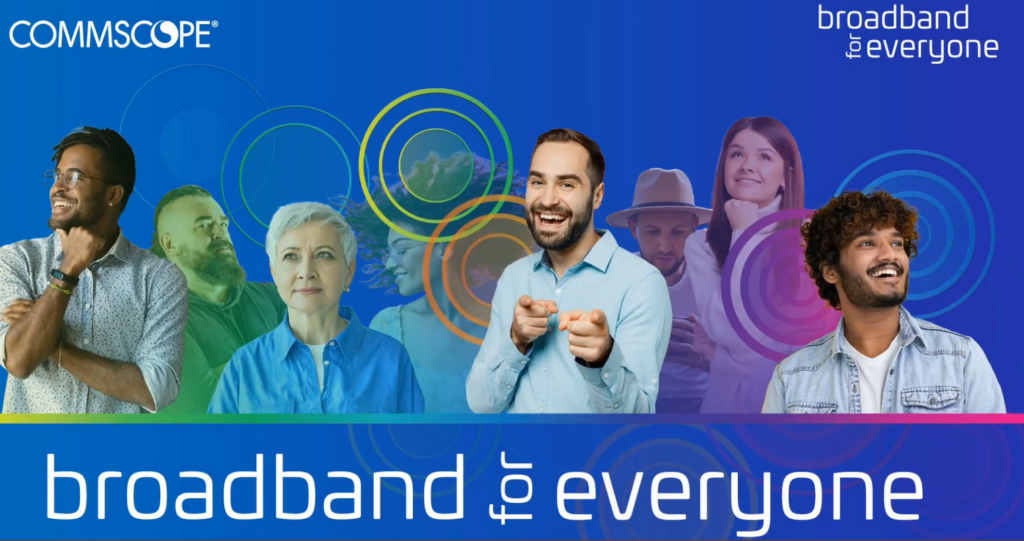
CommScope Demystifies Public Broadband Funding
During a “Demystifying Public Broadband Funding” webinar on March 14, CommScope provided an overview of the billions of dollars in federal and state funding that is available for broadband infrastructure projects via a range of public and municipal programs.
The funding “creates a substantial opportunity for service providers as they plan new FTTH projects that bring broadband for everyone one step closer to reality,” according to the company.
During the webinar, CommScope shared its knowledge and research to help service providers navigate the broadband funding process quickly, confidently, and successfully.
“This webinar is part of our Broadband for Everyone program, which works to educate and provide solutions to the challenges service providers face in network fiber deployments,” Craig Culwell, CommScope director of market development, network cable and connectivity, said at the start of the event.
“Available funding varies by state, yet all the funds focus on a wide variety of broadband challenges from addressing unserved, underserved, rural travel broadband and middle mile, and much more,” he told viewers.
CommScope’s Broadband for Everyone Accelerate Program CommScope story is attached here if you need (BEAP) is “built upon four pillars,” he went on to say.
 “The first pillar in BEAP is to support our customer” in getting the available funds, he said. “The second pillar there is to get training and so the CommScope University [is] an online home for certification training, technical training, product training…. When you’re logged into CommScope University, you’ll have access to multiple CommScope product line training modules all in one place.” It covers “topics from fiber basics to fiber to the home network architectures to the details on splicing in a fiber optic splice closure and much, much more.”
“The first pillar in BEAP is to support our customer” in getting the available funds, he said. “The second pillar there is to get training and so the CommScope University [is] an online home for certification training, technical training, product training…. When you’re logged into CommScope University, you’ll have access to multiple CommScope product line training modules all in one place.” It covers “topics from fiber basics to fiber to the home network architectures to the details on splicing in a fiber optic splice closure and much, much more.”
The third pillar is “focused on plan and network so CommScope’s got a variety of tools and resources and supportive planning fiber to the home networks,” he said, adding the “key starting point is … an online interactive guide that helps network engineers and others to understand the multiple decisions that go into transforming their conceptual network vision into a real working design.”
And the fourth pillar is to get consulting, he said, explaining: “While many of our customers are already engaged in working with a consulting team, which is great … we are here to support them fully in those efforts.”
Also speaking were Dr. Christopher Barnes and Dr. Liz Shay, senior grants development consultants for Grants Office, which Culwell said is a privately held company that provides grants intelligence.
We are seeing a “massive shift in broadband funding, both at the federal and the state level,” according to Barnes.
When everyone “began both social distancing and then as some sectors of the workforce began to work remotely and as more and more schools both in the K through 12 area but also in higher ed shifted to remote learning, we saw a greater … need for stable connectivity,” he pointed out.
“So what we’ve seen over the past few years in particular is that through stimulus dollars, federal broadband grant programs and a rise in state broadband grant programs, governments across the country are really looking to address those connectivity needs and address the sort of underlying issues that have given rise to the digital divide,” he said.
